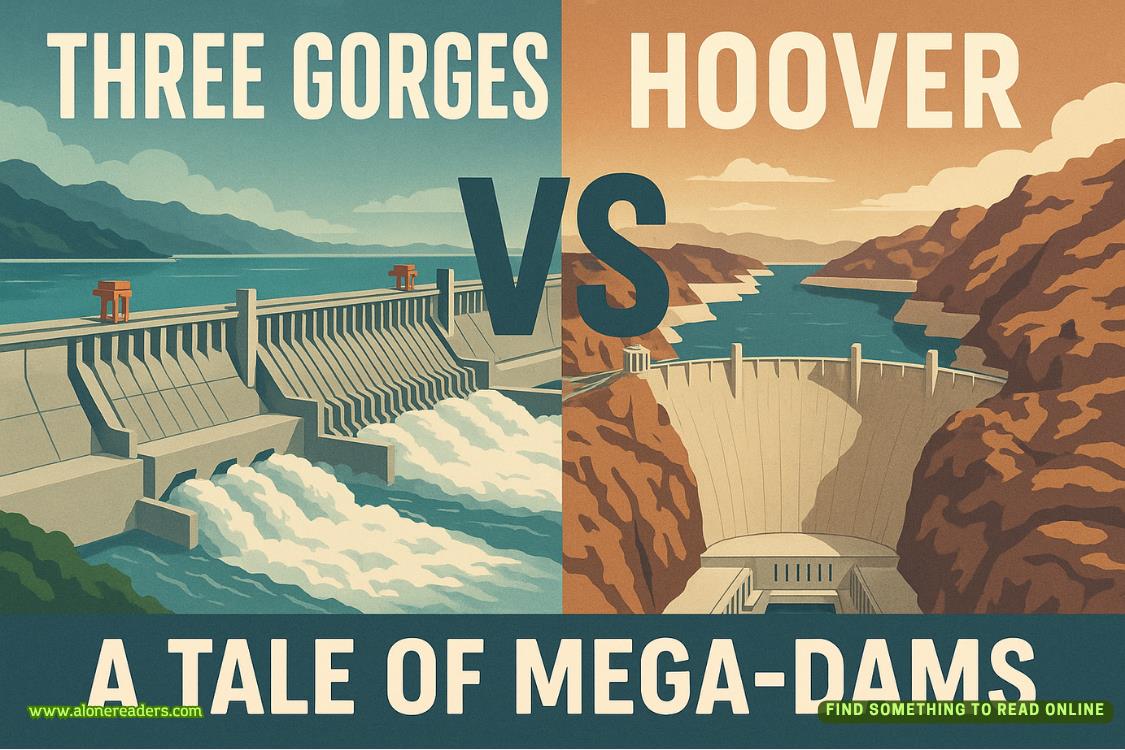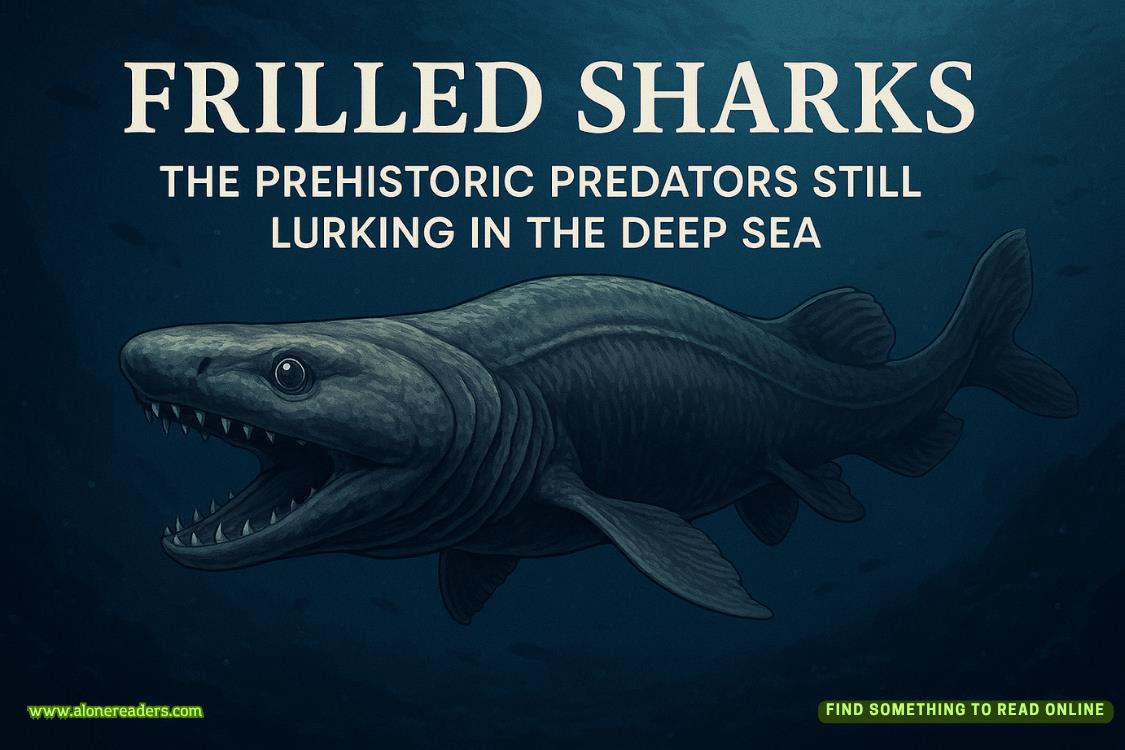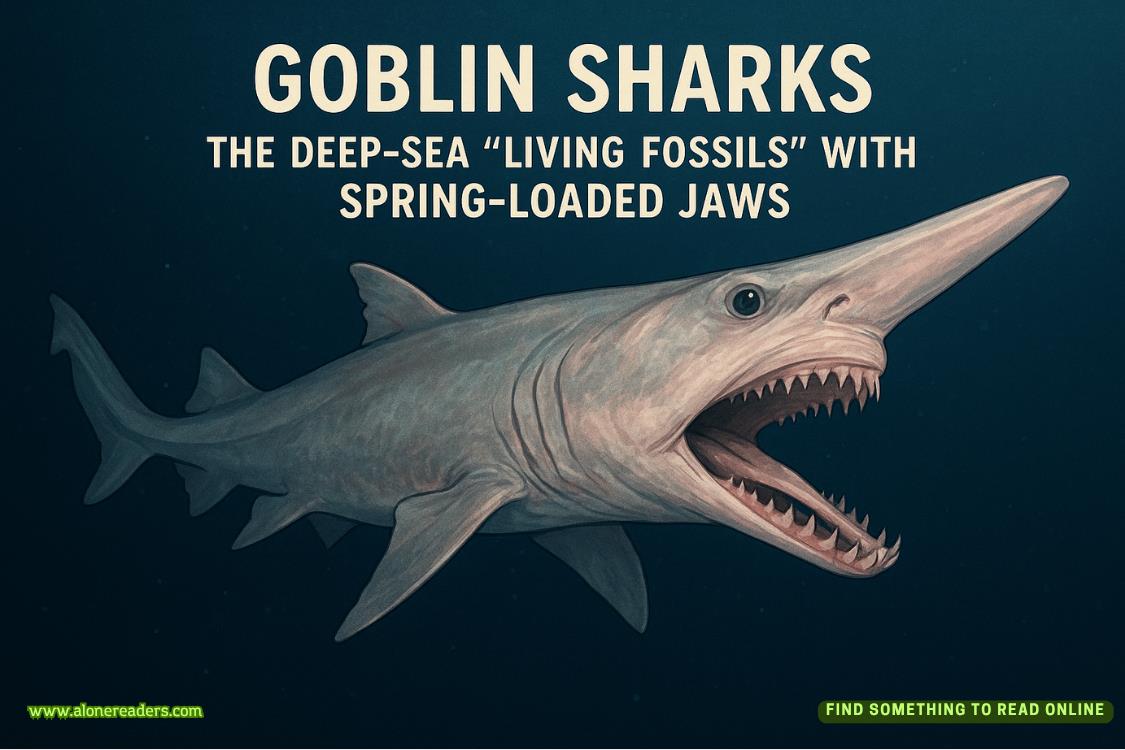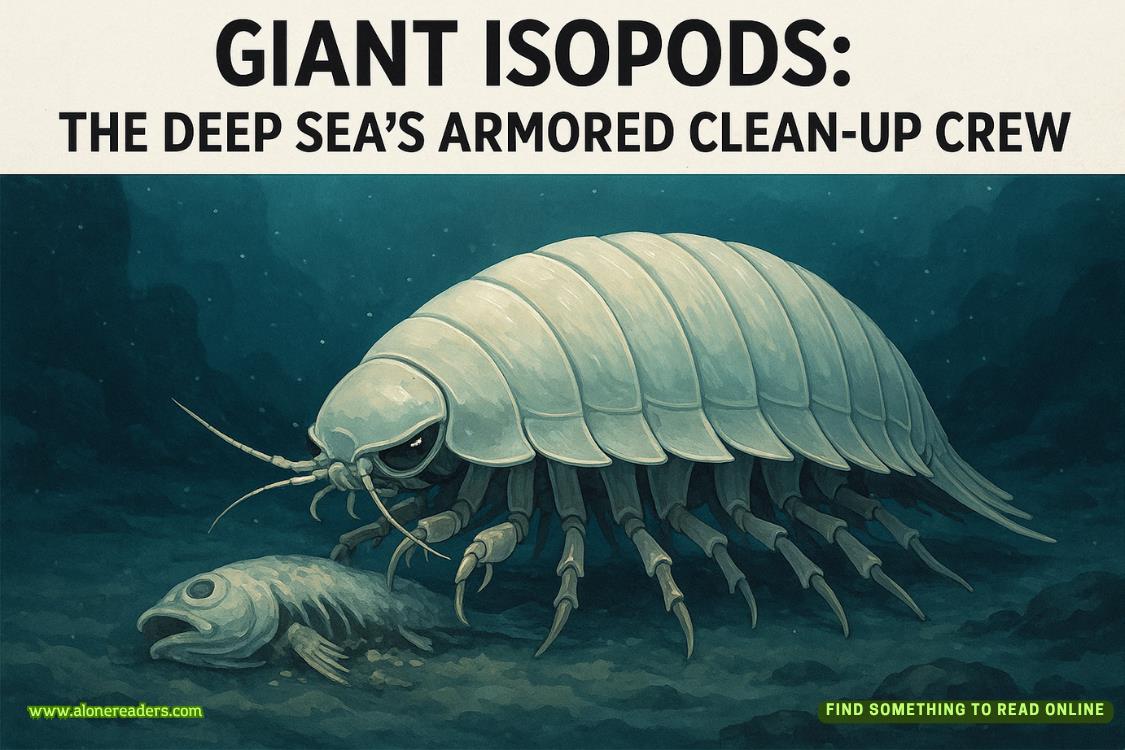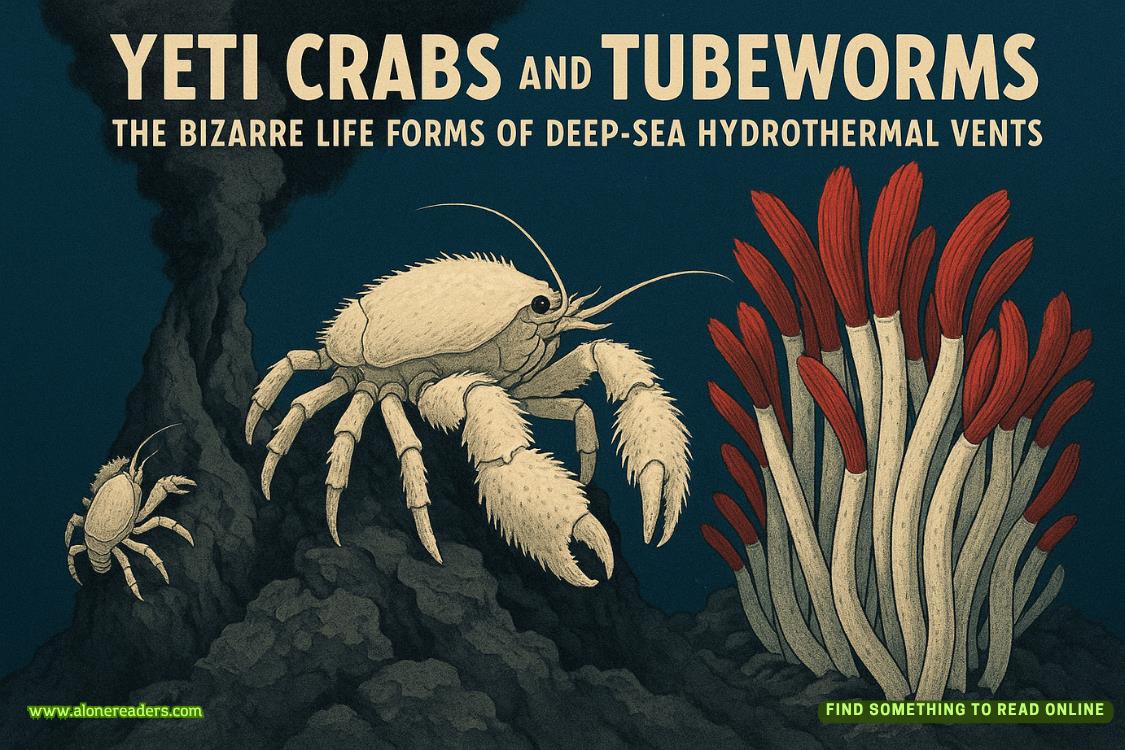The range was so close that he had no need of the wedges that elevated the gun barrels. Firing dead level, their range should be perfect. But the target was narrow.
Silas said: ‘Now, sir?’
‘No,’ Barney replied. ‘Stay ready, stay calm.’
He knelt beside the foremost gun and stared out, watching the angle of the galleon, his heart thudding. This was so much easier on land, when gun and target were not rising and falling on waves.
The enemy ship seemed to turn slowly. Barney fought the temptation to start firing too soon. He watched the four masts. He would fire when they were in a straight line so that the first obscured the rest. Or just before, to allow for the time it would take the ball to travel.
Silas said: ‘Ready when you are, sir!’
‘Get set!’ The masts were almost in line. ‘Fire one!’ He tapped Silas on the shoulder.
Silas put the burning tip of his rope match to the touchhole in the gun barrel.
The explosion was deafening in the confined space of the gun deck.
The cannon sprang backwards with the recoil.
Barney peered out and saw the ball smash into the forecastle of the galleon. A cheer went up from the crew of theHawk.
Barney moved to the next gun and tapped the man’s shoulder. ‘Fire!’
This ball went higher, and crashed into the galleon’s masts.
Barney could hear tremendous cheering from on deck. He moved sternwards down the line, concentrating on trying to time the shots to a fraction of a second, until all six guns had fired.
He returned to the first gun, expecting to find Silas reloading. To his dismay, Silas and his mate were shaking hands, congratulating each other. ‘Reload!’ Barney screamed. ‘The swine aren’t dead yet!’
Hastily, Silas picked up a gun-worm, a long-handled tool with a pointed spiral blade. He used it to extract residual wadding from the barrel. The detritus came out smouldering and sparking. Silas trod on the embers with a horny bare foot, apparently feeling no pain. His mate then picked up a long stick thickly wrapped in rags. He dipped it in the water bucket then plunged it down the barrel to extinguish any remaining sparks or burning fragments that might, otherwise, have ignited the next charge of gunpowder prematurely. He withdrew the sponge, and the heat of the barrel quickly evaporated any traces of water. The two men then reloaded the cleaned gun.
Barney looked out. The bow of the galleon was holed in two places and its foremast was leaning sideways. From the deck – now only two hundred yards away – came the screams of the wounded and the panicked cries of the survivors. But the ship had not been crippled, and the captain kept his nerve. The galleon came on at barely reduced speed.
Barney was dismayed by how long his gunners took to reload. He knew, from battlefield experience, that a single volley never won a fight. Armies could recover. But repeated volleys, one after another, decimating their ranks and felling their comrades, destroyed morale and caused men to run away or surrender. Repetition was everything. However, the crew of theHawkwere sailors, not artillerymen, and no one had taught them the importance of rapid, disciplined reloading.
The galleon came straight at theHawk. Its captain no longer wanted to fire his broadside guns. Of course not, Barney thought: the Spaniards did not want to sink theHawk. They would prefer to capture the ship and confiscate its illegally acquired treasure. They were firing the small foredeck guns, and some shots were hitting the rigging; but theHawkwas narrow, making it easy to overshoot or undershoot. The galleon’s tactic, Barney now saw, would be to ram theHawkthen board.
By the time theHawk’s guns were ready, the galleon would be less than a hundred yards away. But it was taller than theHawk, and Barney wanted to hit the deck rather than the hull, so he needed to elevate his guns slightly. He ran along the line adjusting the wedges.
The next few moments felt long. The galleon was moving fast, nine or ten knots, its prow foaming the swell, but it seemed to approach by inches. Its deck was crowded with sailors and soldiers, apparently eager to leap aboard theHawkand kill everyone. Silas and the gunners kept looking from the galleon to Barney and back: they were itching to put their matches to gunpowder. ‘Wait for my word!’ he shouted. Slightly premature shooting was the greatest possible gift to the enemy, allowing him to get close in safety while the gunners were reloading.
But then the galleon was a hundred yards away, and Barney fired.
Once again Captain Bacon had presented him with the perfect target. The galleon was heading straight for the guns of theHawk. At such close range Barney could not miss. He fired all six guns in rapid succession, then yelled: ‘Reload! Reload!’
Then he looked out, and saw that his shooting had been even better than he had hoped. One ball must have struck the main mast, for, as he watched, it was falling forward, pushed by the wind. The pace of the galleon slowed as some of its sails collapsed. The main mast fell into the rigging of the damaged foremast and that, too, began to topple. The ship was now only fifty yards away, but still too far for its men to board theHawk. It was crippled – but, Barney saw, it was nevertheless drifting into collision with theHawk,which would then be boarded anyway.
But Bacon acted again. He turned theHawkto leeward. The east wind filled the sails. The ship picked up pace. In moments theHawkwas speeding westward.
The crippled galleon could not catch up.
Could it be over?
Barney went up on deck, and the crew cheered him. They had won. They had beaten off a larger, faster vessel. Barney was their hero, though he knew the battle had really been won by Bacon’s skill and his quick, agile ship.
Barney looked back. The galleon was limping towards the harbour. Hispaniola was already receding.
And so was Bella.







